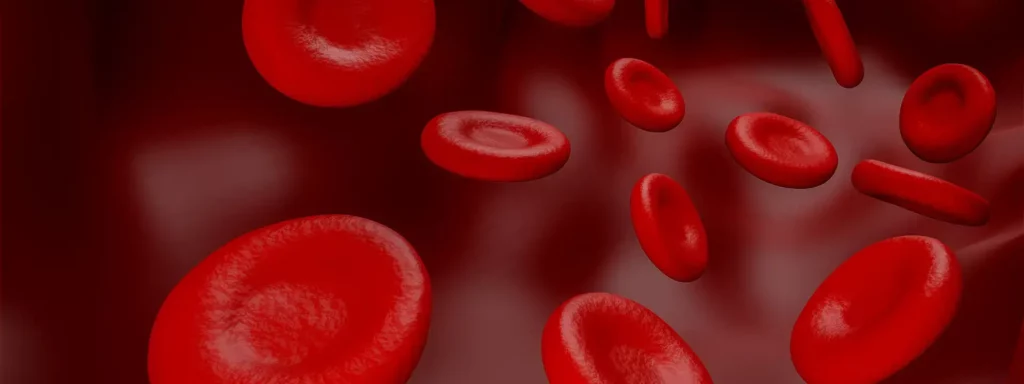ESPGHAN Position Paper on Management and Follow-up of Children and Adolescents With Celiac Disease

Publications (n = 2775) were identified and 164 were included. Using evidence or expert opinion, 37 recommendations were formulated on: The need to perform follow-up, its frequency and what should be assessed, how to assess adherence to the gluten-free diet.
Correlation of Anti-Tissue Transglutaminase Antibodies With the Mucosal Changes and IgA Status of Children With Celiac Disease

A total of 2955 of 4838 patients had t-TGA and a small bowel biopsy (SBB) performed for CD diagnosis. A total of 1931 (66.2%) patients with normal IgA values had a Marsh 3b-c lesion and 1892 (64.9%) had t-TGA Immunoglobulin A (IgA) ≥ 10 times upper limit of normal (ULN). There is a statistically significant association between t-TGA IgA levels and the degree of mucosal damage ( P < 0.001), the higher the t-TGA IgA levels the more severe the mucosal damage.
Intestinal and blood lymphograms as new diagnostic tests for celiac disease

Accurate celiac disease (CD) diagnosis is still challenging for some specific patients or circumstances. Thus, much effort has been expended last decades focused on seronegative or low grade enteropathy CD and, especially, on enable early diagnosis of individuals on a gluten-free diet (GFD).
